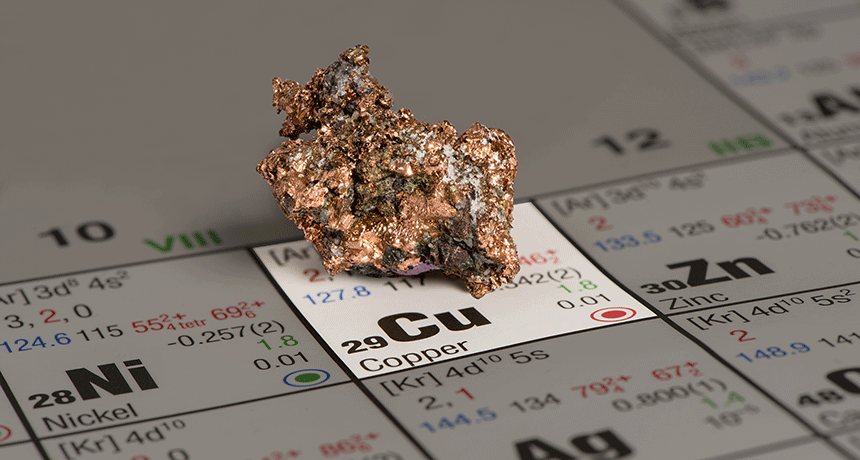atom The basic unit of a chemical element. Atoms are made up of a dense nucleus that contains positively charged protons and uncharged neutrons. The nucleus is orbited by a cloud of negatively charged electrons.
atomic Having to do with atoms, the smallest possible unit that makes up a chemical element.
atomic number The number of protons in an atomic nucleus, which determines the type of atom and how it behaves.
element (in chemistry) Each of more than one hundred substances for which the smallest unit of each is a single atom. Examples include hydrogen, oxygen, carbon, lithium and uranium.
mercury Sometimes called quicksilver, mercury is an element with the atomic number 80. At room temperature, this silvery metal is a liquid. Mercury is also very toxic.
particle A minute amount of something.
proton A subatomic particle that is one of the basic building blocks of the atoms that make up matter. Protons belong to the family of particles known as hadrons.








